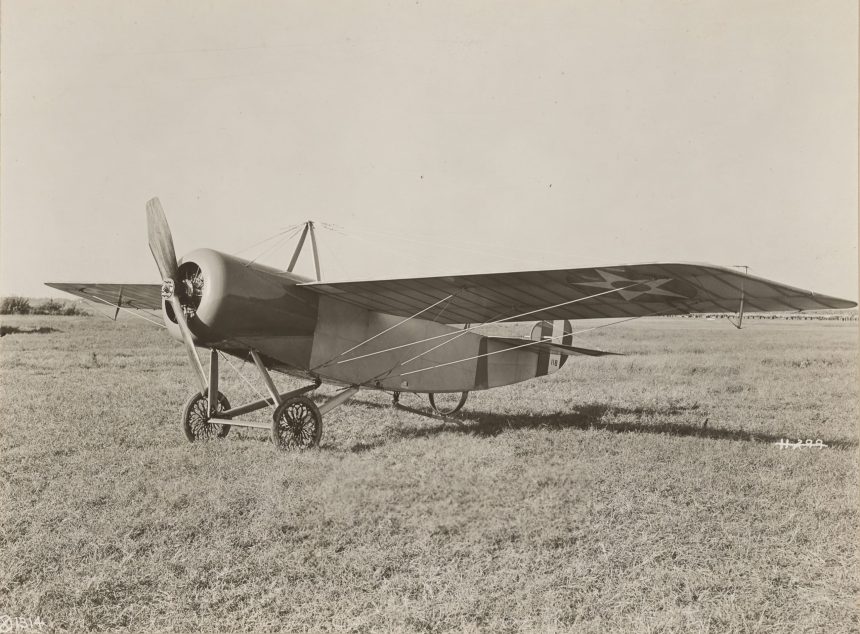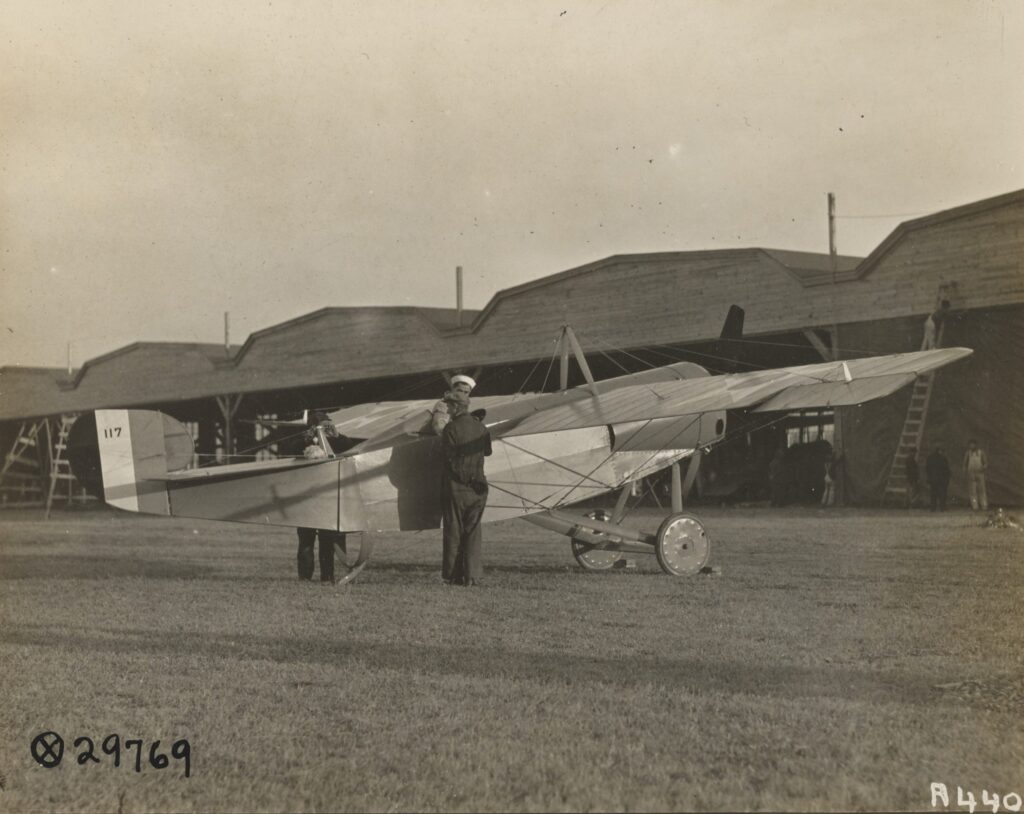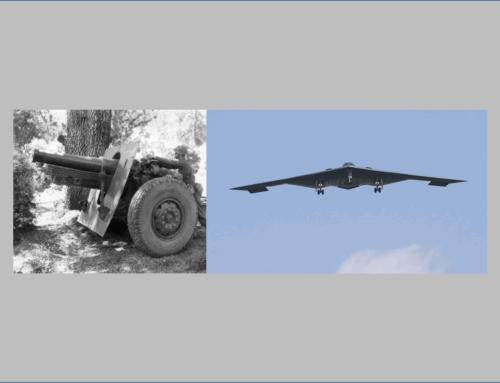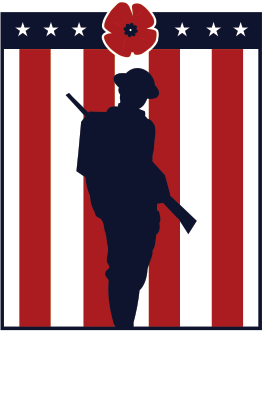The Albree Pigeon-Fraser: The First American Fighter
Published: 22 January 2025
By Adam Estes
via the Vintage Aviation News website

3_4-view-of-Albree-Pigeon-Fraser-116-at-Langley-Field-October-1-1917-National-Archives-scaled-1-860×634
3/4 view of Albree Pigeon-Fraser s/n 116 at Langley Field, October-1 1917 (National Archives).
A seldom-remembered WWI prototype for the first fighter aircraft designed in the United States
Most people who know about American aviation during the First World War are aware that the US Army Air Service had to rely on its foreign allies for combat aircraft to fight the Germans Jagdgstaffels over the Western Front, but this did not stop American manufacturers from attempting to fulfill the US military’s need for combat-capable fighter aircraft. However, the first fighter aircraft to win a U.S. military contract was fated to become an oddity remembered only by a few aviation historians. Much of what is known about the aircraft is also full of contradictory stories on its failure. This is the story of the Albree Pigeon-Fraser.

Pigeon-Fraser Model SG s/n 116 at Langley Field, VA, October 1, 1917, with designer George Norman Albree at the controls [National Archives]
The man who would design the first American pursuit plane was George Norman Albree. Born in Boston on February 3, 1888, Albree would graduate from Dartmouth College in 1912 after attending courses at Union College and Amherst College. Even during his student days, however, Albree was fascinated with airplanes, often to the detriment of his academic studies, and he began to build his own designs. The young engineer would soon find a like-minded partner in Roscoe Peregrine Timson, and together they would design and build a few interesting one-off designs after testing their theories on scale gliders. Among of the most distinguishing attributes of Albree’s designs were that instead of wing warping, his aircraft were equipped with ailerons, but his signature feature was the fact that he believed in building airplanes with a gull-wing design and a tail section with fixed vertical and horizontal stabilizers that would be hinged to the rear fuselage that would be adjusted up and down by the pilot to maintain stability in a design known as a “flying tail,” a forerunner to the modern-day stabilator.
The first of these was the Albree-Timson Model U “Harrowplane,” a single-engine floatplane designed by Albree and Timson during the winter of 1913-14 and built in a rented workshop in Swampscott, MA, shipped to nearby Marblehead Harbor for flight testing, and ultimately written off following a hard landing during a test flight with Albree himself at the controls. In October 1914, Albree and Timson drew up plans for a new monoplane, the Model G Scout, which was first flown by test pilot Clifford Webster on July 15, 1915, at Nahant Beach, just south of the Swampscott garage.
→ Read the entire article on the Vintage Aviation News website here:
External Web Site Notice: This page contains information directly presented from an external source. The terms and conditions of this page may not be the same as those of this website. Click here to read the full disclaimer notice for external web sites. Thank you.




